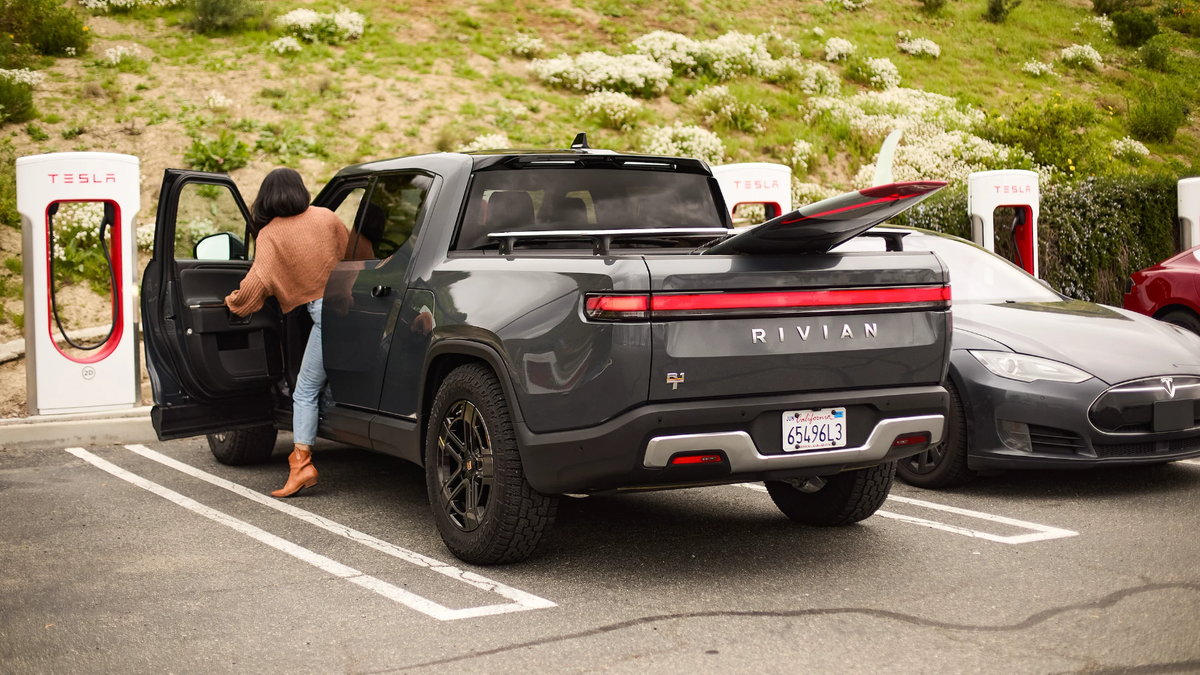- Joined
- Oct 12, 2021
- Messages
- 243
- Reaction score
- 162
NACS is not a DCFC miracle, the OutofSpec cross country truck races proved even for the Cybertruck Tesla network is inconsistent in terms of speeds and reliability, and the F150 which can actually use the supercharger network without limited speeds didn’t have an easy time either. I feel like the move to NACS was lateral move as oppose to a forward move. It’s nice we’ll have more options of places to plug into, but I don’t think it’s going to make the DCFC experience any better. The focus should be on efficiency, getting prices of EVs down and building out both L2 and DCFC infrastructure, not making NACS the end all be all. Tesla has failed to roll out V4 anywhere so far, so the fantasy of charging getting closer to an ICE car experience is still a fantasy.
NACS is a better more elegant plug.
Supercharger Network is Superior to every other network.
Silverado EV 3WT has about 50% more battery. That gives it a huge advantage road tripping. This has nothing to do with the charging networks.
Cybetruck is brand new and had specific charging bugs to it that S3XY drivers don't experience. When CT arrives at a Supercharger with less than 1% SoC there was a bug that was identified by Kyle and has now been resolved. Kyle kept running into that bug dure the Coast to Coast Race because he kept arriving at less than 1% SoC.
A new CT software update increases the overall charging speed by ~ 20% in the middle of the curve. More charging speed improvements are likely to come.
The non-Tesla networks have really improved over the last 6 months. No more Signet surge. Gee, I wonder why?
Lucid holding back from adopting NACS would have hurt nobody but Lucid drivers. Lucid doesn't have enough volume to influence Tesla decisions. Once all the major players save Stellantis had adopted NACS for North America the die was cast.



